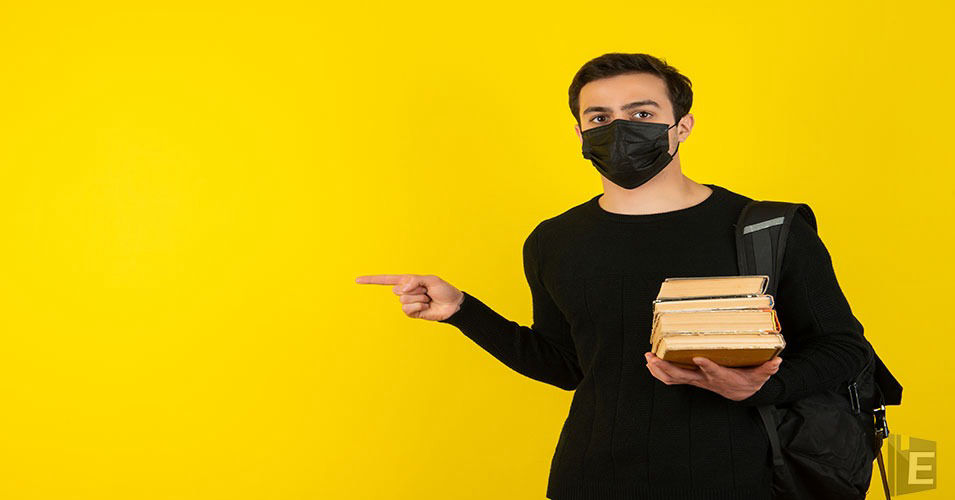Latest 40 GK Questions and Answers for Practice

GK Questions and Answers, part of the GK Section are veritably important in competitive examinations. These 40 GK Questions and Answers For CTET and other competitive Exam are generally asked in competitive examinations, which are related to Indian History, Geography, Economics, etc. thus, campaigners also have to study all 40 GK questions, and thus the rearmost Common GK questions asked in teaching exams like CTET, REET, SSC, RRB etc.
GK Questions and Answers
Here, I am sharing 40 GK Questions and Answers related to Indian Constitution, Indian Economy, Indian Geography, Indian History etc for those aspirants who are preparing for upcoming competitive exams like SSC, RRB, Bank etc. These 40 GK Questions and Answers are very important for any competitive exams. Practice with 40 GK Questions and Answers.
Also, Read Latest Current Affairs Questions 2022: Current Affairs Today
Students can quickly get free General Knowledge Mock Test and Current Affairs Mock Test on this platform for online exam practice to obtain good marks in competitive exams.
40 GK Questions and Answers
Q : Which is not the feature of Indian Constitution?
(A) Federal System
(B) Bicameral Legislature
(C) Constitutional Council
(D) Judicial Review
Correct Answer : C
What is the status of the Right to Property now?
(A) Legal Right
(B) Human Right
(C) Fundamental Right
(D) Natural Right
Correct Answer : A
Explanation :
The Right to Property in India is recognized as a legal right under Article 300-A of the Indian Constitution. It means that individuals have the right to own and use property, and they cannot be deprived of their property except by authority of law. However, it is no longer a fundamental right, which means that the government can impose reasonable restrictions on property ownership. While individuals have legal protection for their property, it is subject to certain limitations defined by law.
Which one of the following fundamental rights was described by Dr. B.R. Ambedkar as the heart and soul of the Constitution?
(A) Right to religion
(B) Right to constitutional remedies
(C) Right to property
(D) Right to education
Correct Answer : B
Explanation :
Dr. B.R. Ambedkar described the right to constitutional remedies (Article 32) as the "heart and soul" of the Constitution. This right provides Indian citizens the freedom to approach the Supreme Court, the highest judicial body in the country, for the protection of their fundamental rights. It grants citizens the freedom to seek legal remedies when their fundamental rights are violated.
Freedom of the press is implied in the right to
(A) equal protection of the laws
(B) freedom of speech
(C) freedom of association
(D) work and material security
Correct Answer : B
By which of the following modes can citizenship be acquired?
i. By Birth
ii. Hereditary
iii. By Registration
iv. By Request
(A) i and ii
(B) i, ii and iii
(C) ii and iii
(D) iv, ii and iii
Correct Answer : B
The writs for the enforcement of Fundamental Rights are issued by
(A) The Parliament
(B) The President
(C) The Supreme Court
(D) The Election Commission
Correct Answer : C
The basic feature of a unitary system is -
(A) Centralization of powers
(B) Decentralization of powers
(C) Dual citizenship
(D) Unstability
Correct Answer : A
Which one of the following statements correctly describes the Seventh Schedule of the Constitution of India?
(A) It contains the languages recognized in the Constitution.
(B) It contains the provisions regarding the administration of tribal areas.
(C) It lists distribution of powers between the Union and States.
(D) It deals with the salaries and emoluments of the constitutional functionaries.
Correct Answer : C
Which one of the following rights was described by Dr. Bhimrao Ambedkar as "the heart and soul" of the Constitution?
(A) Right to equality
(B) Right against exploitation
(C) Right to constitutional remedies
(D) Right to freedom of religion
Correct Answer : C
In the Government of India Act, 1919 how many subjects were included in Central List?
(A) 27
(B) 37
(C) 47
(D) 57
Correct Answer : C



